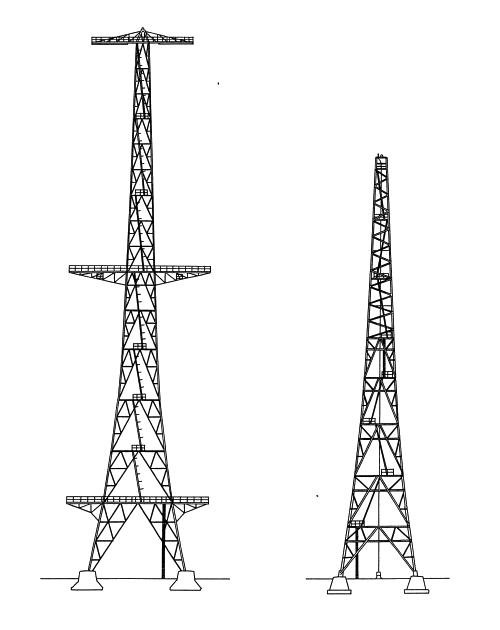








Back in 2010, Elizabeth Masterton worked with researcher Benjamin Oldcorn to unravel the mysteries of some of the derelict buildings on the ex-RAF Drytree site. Complementing the existing reports from Cornwall Council’s Heritage and Environment Service, The RAF Dry Tree/Goonhilly NNR Building Identification Project report was commissioned by Natural England to form the basis of new interpretative material for visitors to the site. The report includes then-unpublished discoveries about the buildings on the site in the absence of a contemporary site map, which to our knowledge has never been uncovered. Please do get in touch if you have any information regarding RAF Drytree or identifications for any of the buildings we missed.
Photos by Benjamin Oldcorn.
In response to this post, we received some comments sharing people’s personal experiences at RAF Drytree.
All copyright remains with the contributors.
“I was a National Serviceman at Treleaver in 1957/8 prior to its closure in early 59; This radar unit was further along the road again,near the Coverack/St Keverne junction.
At that time the unit closer to Zoar garage was Trelanvean and which had closed prior to 57, Domestic site on one side of the road tech site on the other. It was a CH station and I believe it worked with Drytree to give a long range triangular bearing which was reported to Portreath who then fired up the GCI station at Treleaver to enable Portreath fighters to home in on the contacts.
During my time at Treleaver we had a small team working at Drytree removing gear fromthat unit, this being several years before the Goonhilly Earth Station was built on the edge of the old Drytree tech site”
Brian Norman, 2013
“My first posting after training at RAF Locking (No.1 Radio School) as a Ground Wireless Mech was early 1955 for RAF Treleaver. On arrival at Helston Railway Station I was informed that Treleaver was not open yet and that I would be transported to RAF Drytree at that time on ‘Care and Maintenance’. In due course I had the first experience of being picked by an RAF Driver Mech in a 15cwt Bedford Truck that rattled a drafty way to where the now new Earth Station is (in construction early 1960). Drytree was then a ‘Domestic Site’ for the CH Radar at Trelanvean serviced by a half dozen of ground radar mechanics under a signals Flight Sgt. This Station was at about 30 strength mainly Cpl. RAF dog handlers, cooks and admin! This was under a SWO Sgt. as the Pilot Officer O/C was away on ‘a course’!. I was the ‘odd ball’ being what was termed ‘Wireless’ in those days and no one seemed to know about the function of Treleaver that was programmed to open in about 6 months. The commanding officer for this ‘Signals Unit’ was based at the Radar Station at Newquay and we drew our stores from RAF St Mawgan, a regularly weekly visit with our 3 ton Bedford truck. Later RAF Treleaver was another phase of my service as a Ground Wireless Fitter.” Peter Beattie, 2015

350ft steel transmitter tower (East Coast variant) and 240ft wooden receiver tower (drawings sourced from ‘Twentieth Century Fortifications in England: Volume VII I Acoustics and Radar’ by Colin Dobinson, Council for British Archaeology, 2000)










My father was the CO of RAF Drytree in 1951 he pilot office Peter Green in 1951 he was there approximately one year. He is now 93 years old and has just been telling me the story of George who was the local man who changed the lights on top of the masts.
Kind regards
Simon Green ( son of WG CDR P F Green.